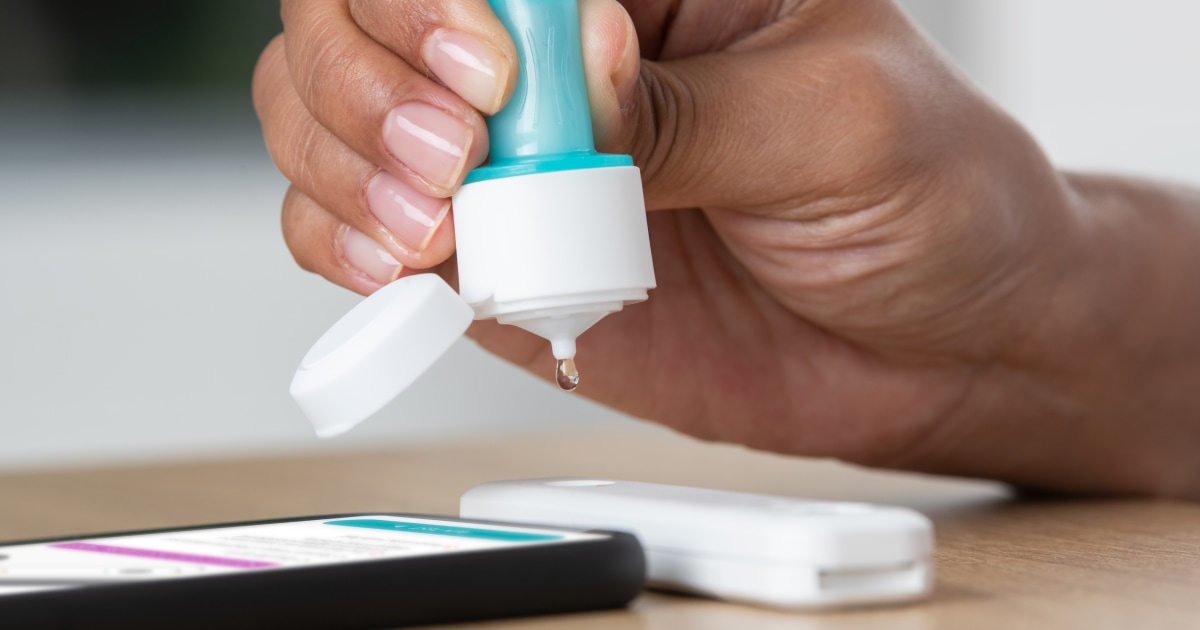Remember this graph from last March?
View attachment 528624
There was a line of thinking that once the curve was flattened (this would take a few weeks, we thought), and hospital overload was no longer a concern, then our next logical step would be: Protect the vulnerable, and get back to normal. We knew by then that the most vulnerable were those age 75+, and those with certain health conditions.
There was a lot of support for this line of thinking, but it did not win out. Governors, rather than warning the vulnerable to stay away from restaurants and shops, closed them to
everyone instead.
Was this the right move? I say no. So what could have been done differently?
A concerted, world-class operation to identify & protect those at highest risk of death from covid-19 should have been the priority. Most of these would have been in nursing homes & hospitals. We could have provided them with protocols & funding to keep those residents & patients as safe as possible. All others in the high-risk category should have been warned to avoid public gatherings (a la "expecting mothers should not ride").
As you do that, keep everything open. Would there be an economic slowdown anyway? Sure, but 20 million people wouldn't have lost their jobs in a month either.
In addition, immune health 101 should have been taught to every person willing to learn. There are certain actions you can take to boost your immune system (broccoli sprouts FTW), although you'd never know it by listening to our elected officials.
Instead, we crashed the economy, sent millions into unemployment & despair, creating a ripple effect that will damage the fabric of our society for generations, and told everyone to hide under their beds until a vaccine is ready. And now that the vaccine is ready, that's still not good enough to get back to normal because it's only 95% effective.

The continuous goal post shifting tells me that we are searching for a zero-risk world, which simply does not exist.


